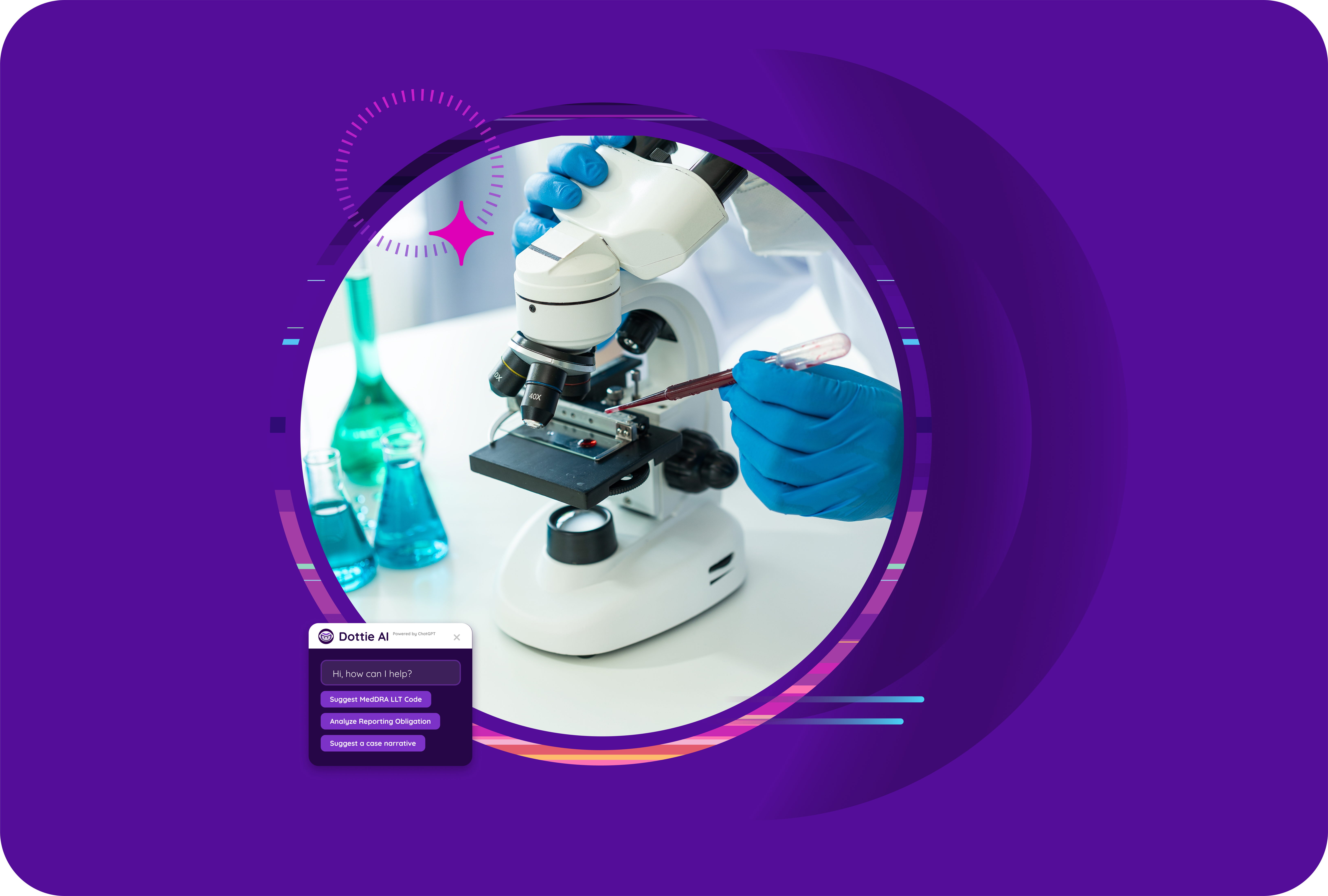How Is an eQMS Used in Biotech vs. Med Devices?

While biotechnology and medical devices both fall under the highly regulated life sciences umbrella, their products, processes, and regulatory frameworks are fundamentally different. Biotech companies manipulate biological and chemical processes to create therapeutics, while medical device companies engineer physical hardware and software to diagnose and treat patients.
This core difference shapes how each sector leverages an electronic Quality Management System (eQMS). Although both rely on an eQMS for GxP compliance, the emphasis on specific modules and the nature of the data managed within them vary significantly. Understanding these nuances is key to selecting and implementing a system that truly fits your organization’s needs.
The Common Ground: Core eQMS Functions for All Life Sciences
Before diving into the differences, it’s important to recognize the common foundation. Any life sciences company, whether biotech or medical device, requires a robust eQMS for core compliance activities. These are the universal table stakes.
- Document Control: Centralizing SOPs, work instructions, and specifications with version control and approval workflows.
- Training Management: Assigning and tracking role-based training to ensure personnel are qualified.
- CAPA Management: Systematically investigating and resolving quality issues to prevent recurrence.
- Audit Management: Managing internal, supplier, and regulatory audits to ensure continuous readiness.
- Change Control: Formally evaluating and approving any changes to processes, documents, or systems.
While these functions are essential for both, the focus within these modules begins to diverge based on industry-specific pressures.
eQMS in Biotechnology: Emphasis on the Batch, the Trial, and Purity
For pharmaceutical and biotech companies, the quality focus is on the molecular and biological integrity of the product. The eQMS becomes the central nervous system for ensuring batch consistency, process purity, and the immense documentation required for clinical trials.
Batch Record and Materials Management
The mantra in biotech manufacturing is reproducibility. The eQMS is used to rigorously control and document every aspect of a production batch.
How it’s used: The system manages specifications for every raw material, tracks supplier qualifications, and links to electronic batch records (eBR) or manufacturing execution systems (MES). It ensures full traceability from raw material lot to final drug product, which is critical for investigating deviations or out-of-spec results.
Clinical Trial Documentation (GCP/GLP)
The journey of a drug from lab to market is long and document-intensive.The eQMS plays a crucial role in managing the quality aspects of Good Clinical Practice (GCP) and Good Laboratory Practice (GLP).
How it’s used: The Document Control module houses trial master files (TMFs), investigator brochures, study protocols, and clinical study reports. The Training module tracks the qualifications and training of all clinical staff and investigators, providing a single source of truth during regulatory submissions (like an NDA or BLA).
Supplier & Raw Material Qualification
The risk of contamination—biological or chemical—is paramount. The eQMS is used to enforce stringent control over the supply chain.
How it’s used: The Supplier Quality module manages a list of approved vendors, tracks supplier audits, and documents the testing and release of every incoming raw material. Any supplier-related nonconformance is logged and managed through the CAPA system.
eQMS in Medical Devices: Emphasis on the Design, the Device, and Risk
For medical device companies, the focus is on engineering, product design, and mitigating the risk of physical or software-based patient harm. The eQMS is the system of record for proving that a device was designed and manufactured according to a safe and controlled process.
Design Controls (The Core Differentiator)
This is the most significant area of difference. As mandated by FDA 21 CFR 820.30, device companies must maintain meticulous records of the entire design process in a Design History File (DHF).
How it’s used: A modern eQMS provides a dedicated framework for Design Controls. It electronically links user needs to design inputs (requirements), which are then linked to design outputs (specifications, drawings). Finally, it tracks the verification (Did we build it right?) and validation (Did we build the right thing?) activities, creating a fully traceable DHF that is ready for auditors.
Risk Management (ISO 14971)
While risk is important in biotech, it is a formalized and central engineering discipline in medical devices. The international standard ISO 14971 requires a life-cycle approach to risk management.
How it’s used: The eQMS integrates risk management directly into the design process. Teams use the system to conduct hazard analyses and FMEAs (Failure Mode and Effects Analysis), score risks, and document mitigations.These risk files are linked directly to the design features intended to control them, creating a closed-loop system.
Complaint Handling & Post-Market Surveillance
Once a device is in the field, feedback is constant. The eQMS is critical for managing this post-market data.
How it’s used: The system provides workflows to log product complaints, triage them, and initiate investigations.If an issue requires reporting to regulatory bodies (e.g., a Medical Device Report or MDR), that process is tracked. Crucially, this data feeds back via the CAPA and Change Control modules to inform the design of the next product generation.
Software as a Medical Device (SaMD) & Change Control
For devices driven by software, every update, patch, or new version is a formal change that requires rigorous control and re-validation.
How it’s used: The Change Control module in the eQMS is used to manage the entire software lifecycle. It documents bug fixes, feature enhancements, and cybersecurity updates, ensuring that all changes are tested, approved, and documented before release.
One Tool, Two Disciplines
While the core modules of an eQMS serve both the biotech and medical device industries, their application is tailored to solve different primary challenges. Biotech companies use the eQMS to prove control over the process and the batch, while medical device companies use it to prove control over the design and the product.
Choosing the right eQMS means selecting a platform that is not only compliant but also flexible enough to support the specific vocabulary, workflows, and regulatory pressures of your unique place in the life sciences ecosystem.
Looking for more information? Download our white paper, “How to Choose the Right eQMS” for more.


